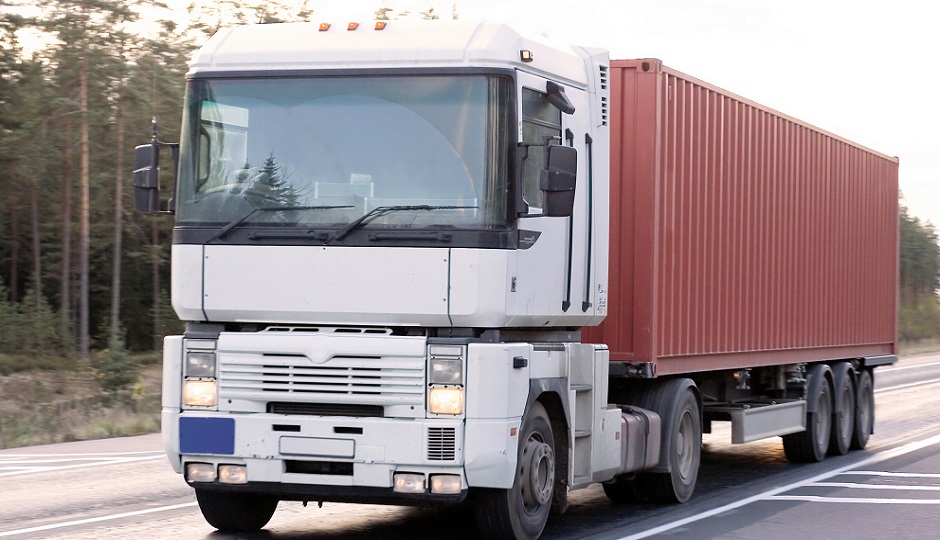
In Québec, more than 90% of traded goods are transported by heavy vehicles (HV).
In doing so, HV severely damage roads, cause fatal accidents and block traffic, not to mention generating more than 25% of Québec’s CO2 emissions (climate change).
While they represent only 2.5% of registered vehicles, HV are involved in 10% of road accidents and almost 20% of fatal accidents. It was in this context that Québec introduced a series of measures aimed at the owners, operators and drivers of heavy vehicles.
There were mixed views with regard to the perceptions of influence, severity and effectiveness of the measures.
An evaluative study subsidized as part of a Concerted Action was conducted by a university research team to evaluate the impact of these measures on the behaviours, attitudes and perceptions of the actors concerned, based on two surveys involving more than 2,400 respondents (1,050 drivers, 1,250 owner and operators and some one hundred other partners encountered in interviews). The margin of error is 2.8%, 19 times out of 20.
The research sought to better understand the effectiveness, impacts and effects of the measures put in place, whether coercive or preventive.
The results showed the importance of complementary measures (coercive, informative, regulatory, etc.) and discovered that these measures are not perceived, respected and judged in the same way by different groups of actors. Heavy vehicle drivers (HVD) are more severe in their assessment of these measures than the owners and operators of HV (HVOO).
There were mixed views with regard to the perceptions of influence, severity and effectiveness of the measures introduced. A variable minority of HVD admitted to not respecting certain measures: use of speed limiters, rest periods, required inspections, etc. The HVOO were more moderate, showing support for the measures, even if they were not completely satisfied with the severity of certain measures.
The project demonstrated the relevance of public policy aimed at HV and recommended that measures be regularly updated and more varied, taking into account the growing pressures on the trucking industry (profitability, productivity, HVD turnover, aging fleet, etc.).
Main researcher
Moktar Lamari, École nationale d’administration publique
Deposit of the research report: March 2017
